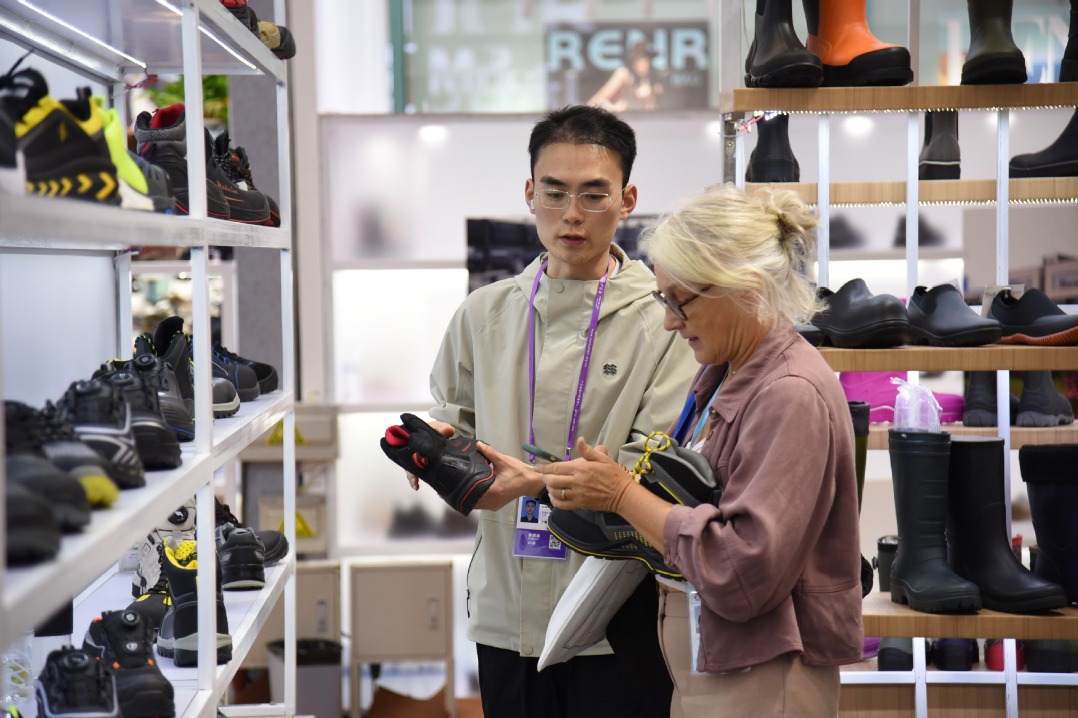RCEP set to unleash great trade potential


The cumulative rules of origin, using accumulated regional value to determine the origin of a product in the region, is the most significant achievement of the RCEP in goods trade.
Unlike bilateral rules of origin adopted by most FTAs, with the RCEP, when a product gets into country B from country A, its intermediates from the signatory members can accumulate to meet the values or production requirements to enjoy tariff reductions, so that it will be easier for products to enjoy zero tariffs.
In addition, the RCEP members have achieved high-level rules for trade facilitation in terms of Customs procedures, inspection and quarantine, and technical standards. When those rules take effect, the agreement will significantly reduce trade costs within the region, increase competitiveness of regional products, and unleash demand for even more commerce, thus bring more business opportunities to enterprises and more choices and benefits to customers.
Members of the RCEP include developed, developing and less-developed economies, which all focus on their own weaknesses and hope the agreement will be more in line with their own interests.
During the negotiation period of the RCEP, some countries feared they may not be able to withstand tariff reductions implemented too quickly and broadly, and preferred to focus on domestic market protection.
In addition, the industrial structure of various countries also differs, with distinctive characteristics.
For instance, India has a relatively weak manufacturing capacity, but is strong in the services sector. Therefore, it hoped to maximize the level of opening-up in the services sector while minimizing the opening-up of other areas.
South Korea and Japan wanted their agricultural sectors protected, while China wanted its services sector to be gradually opened up.
There was of course some jockeying for related topics due to such different interests and demands.
Countries engaging in the negotiations have different political and social systems, different levels of development, and different demands.
The RCEP will also reshape the economic relations between China and Japan.
The signing of the agreement signified the establishment of direct free-trade relations between the two for the first time. During the first three decades after China started reform and opening-up, Japan's investment in China was mainly of the "re-exporting "variety, that is, it invested in China, and then exported the products produced in China elsewhere.
Then, as China's domestic market expanded, some Japanese enterprises started to focus on China's own market with their investments.
According to statistics from Japan, 45 percent of Japanese enterprises invest in China to export products produced here, while 35 percent invest in China for the Chinese market, and 20 percent do both.
Many Japanese friends told me they are eager to switch from re-exporting investment toward China market-focused investment, and with the RCEP, they can better press ahead with this strategy.
Moreover, while the joining of the RCEP by both China and Japan will reshape their economic relations, their economic and trade cooperation will become even closer as China is expected to officially join the Comprehensive and Progressive Agreement for Trans-Pacific Partnership in the future.
The author is vice-chairman of the Beijing-based China Center for International Economic Exchanges, and a former vice-minister of commerce.
The views don't necessarily reflect those of China Daily.




































